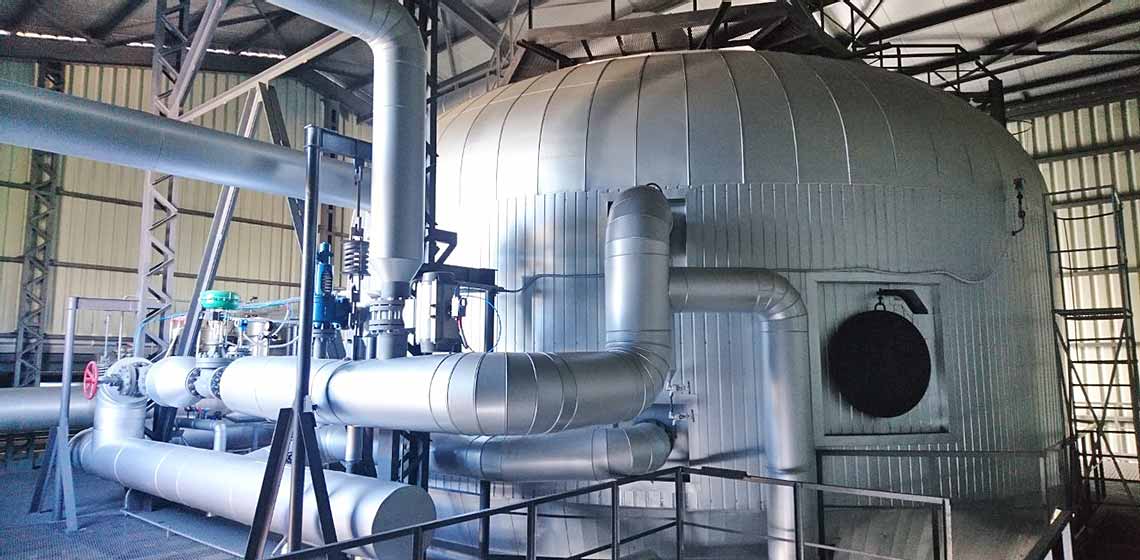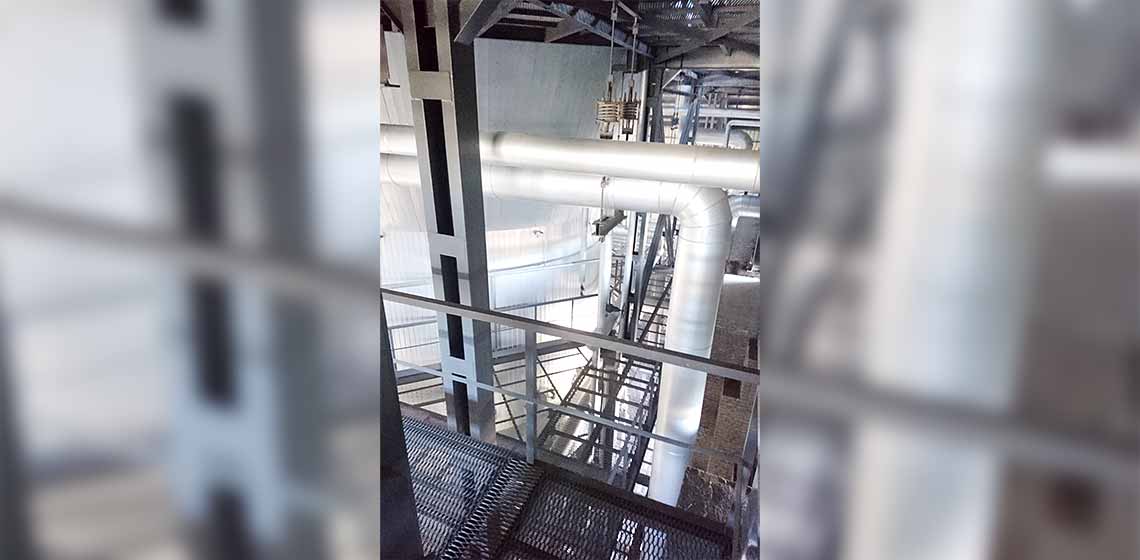The Ukrainian PAO Salivonkovsky Sugar Factory had set itself a number of goals: upgrade its drying plant for beet pulp, integrate a new fluidised-bed steam dryer (WVT), and increase the beet processing rate. Quite a list of items – leading to a whole range of questions.
To find answers to some fundamental questions, BMA was commissioned to prepare a comprehensive energy study in mid-2016. Following an inventory and assessment of the sugar factory’s capacities, we identified feasible actions that could be taken to increase its beet processing rate from 6,630 to 7,200 t/d. The study also looked at integrating a fluidised-bed steam dryer (WVT) for drying the beet pulp.
01.07.2020
Ready in time for the new campaign
BMA supplies fluidised-bed steam dryer to Ukraine
Calculating potential savings
BMA prepared first mass balances and then energy balances for the situation at the time and for the upgrade concept with the integrated WVT. Our main focus was on determining the current energy requirement and on finding ways of reducing energy consumption with the planned upgrade. By comparing the balances, we were able to identify potential savings and ways of achieving them.
As a result of the study, the decision was made to integrate a size 10 WVT into the sugar factory. A suitable location for this large pressure vessel was quickly found: the building housing the beet washing station. The old station, until then the first process step, was dismantled to make room for the WVT. The new dryer’s task at the end of the process would be to dry the beet pulp, which would then be pressed into pellets to be used as feed.
All from a single source
The order placed with BMA was for the manufacture and supply of the WVT-10, as well as for assembly supervision for items such as the rotary airlocks and other ancillary equipment. BMA also provided engineering services, preparing, for instance, the layout plans, piping diagrams, or the fittings specifications, and planning the electrical switchgear systems.
Quality assurance was very important during manufacturing, particularly ensuring that the parts would fit precisely and that tolerances were kept. That made for smooth assembly work, supervised at all times by a BMA site supervisor: the individual segments were joined and then welded together. While construction of the pressure vessel’s shell was progressing, the two-section superheater was fitted with piping on site. Once this was finished, it was lifted into the shell.
Commissioning right on time
The vessel passed the necessary pressure tests with flying colours to obtain certification. Next in line was commissioning. WVT specialists from BMA were on site, together with a BMA programmer. In preparation for commissioning, we completed all programming, visualisation tasks and final checks as early as possible, to ensure the plant would be ready to go in time for the campaign.
And the WVT was, in fact, commissioned immediately after the start of the 2019 campaign. With this WVT from BMA, the customer has integrated a drying plant for pressed pulp that is geared to the higher beet processing capacity of 7,200 t/d. With a nominal processing capacity of more than 66 t/h of pressed pulp and a water evaporation rate exceeding 47 t/h, the sugar factory can now dry all the pressed pulp it produces.


